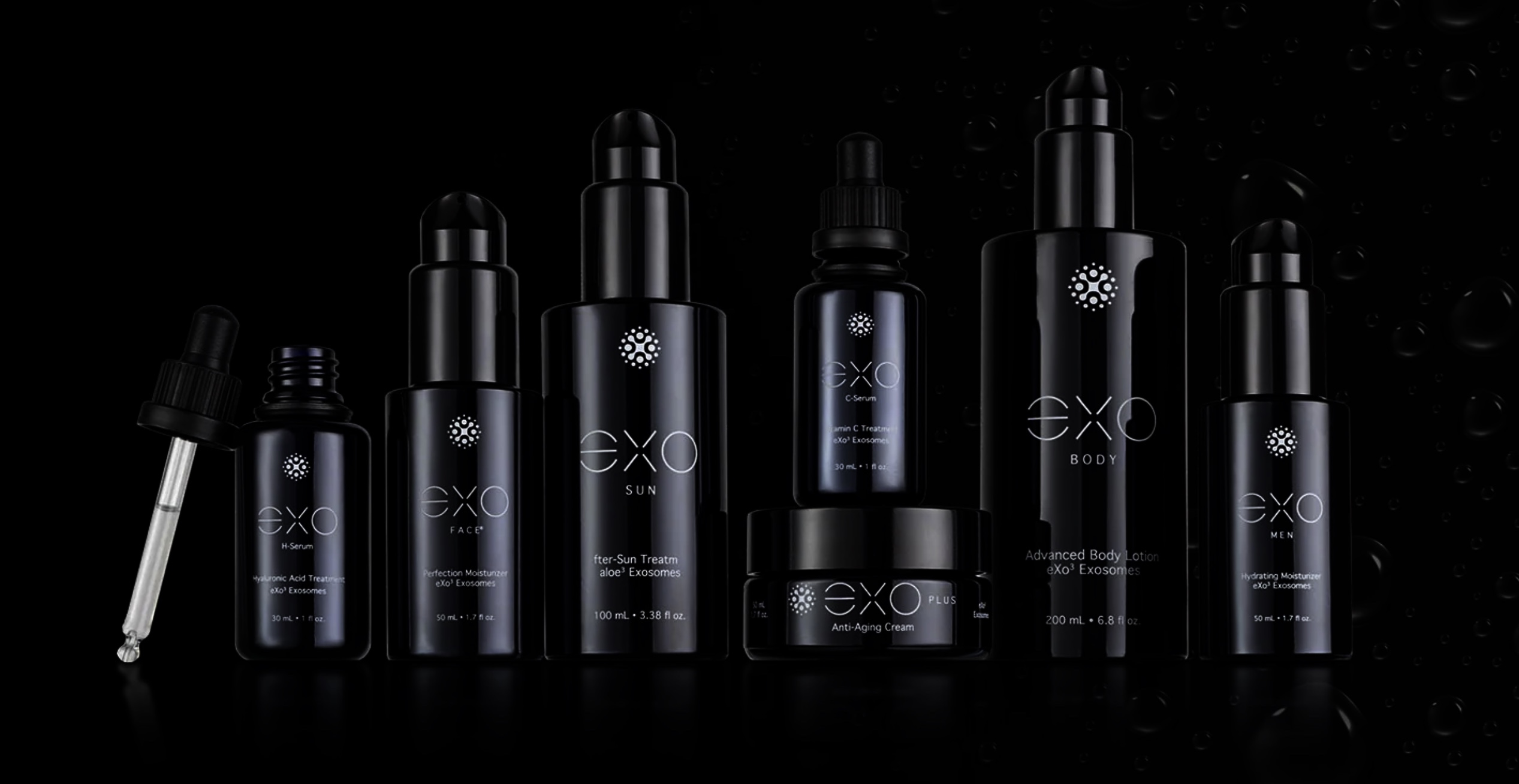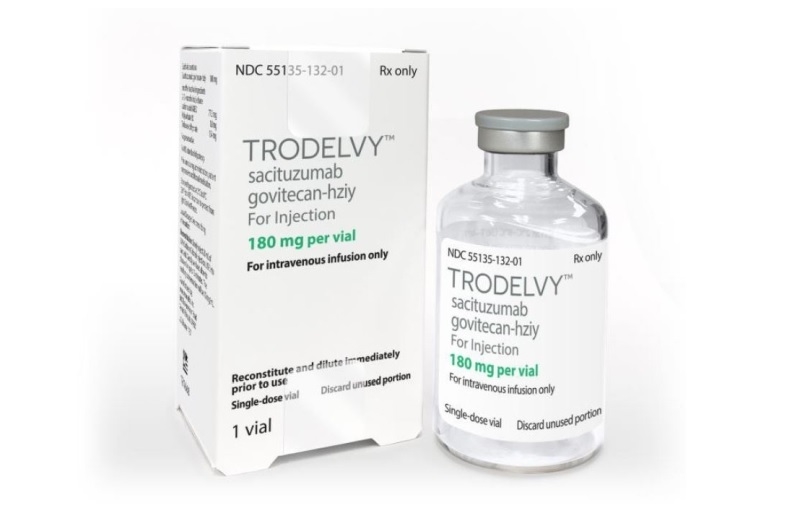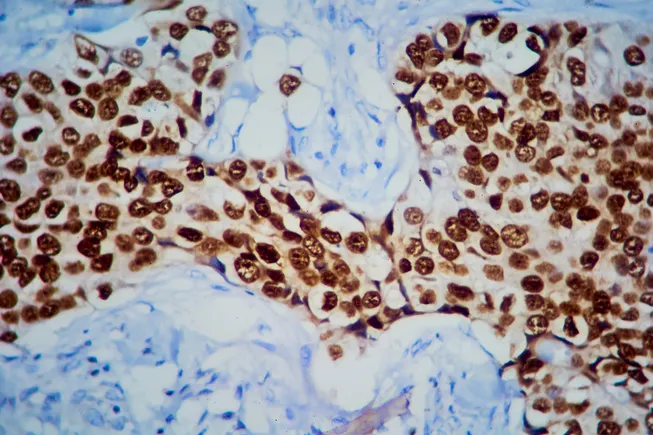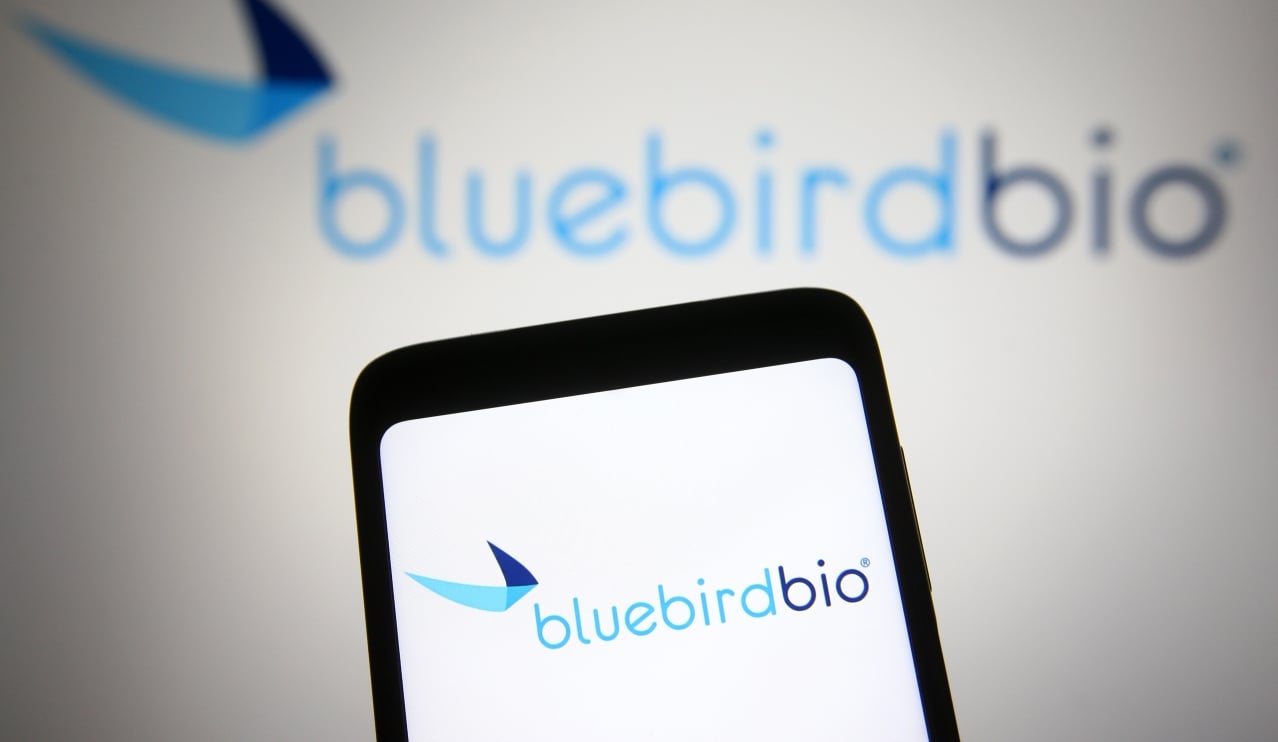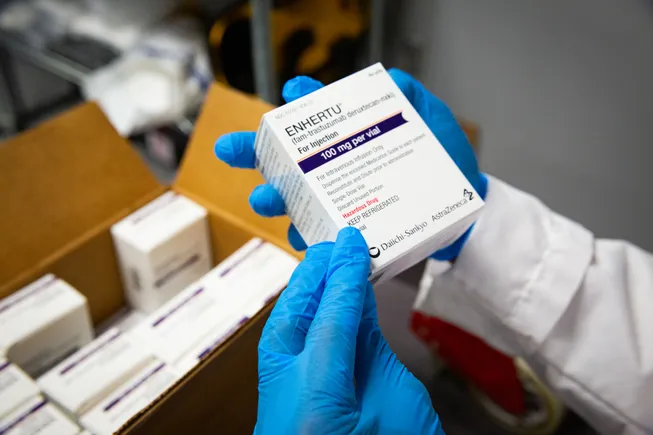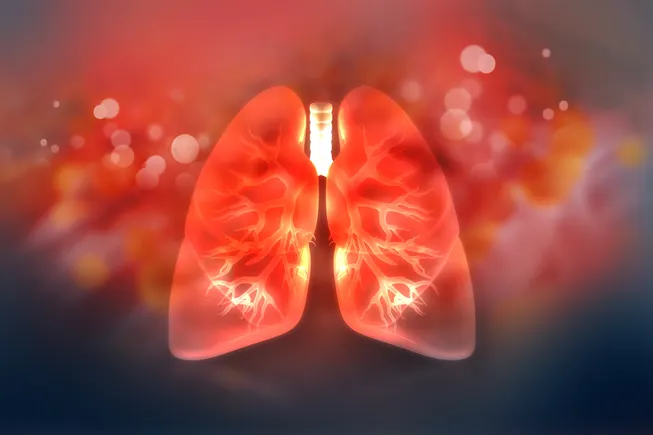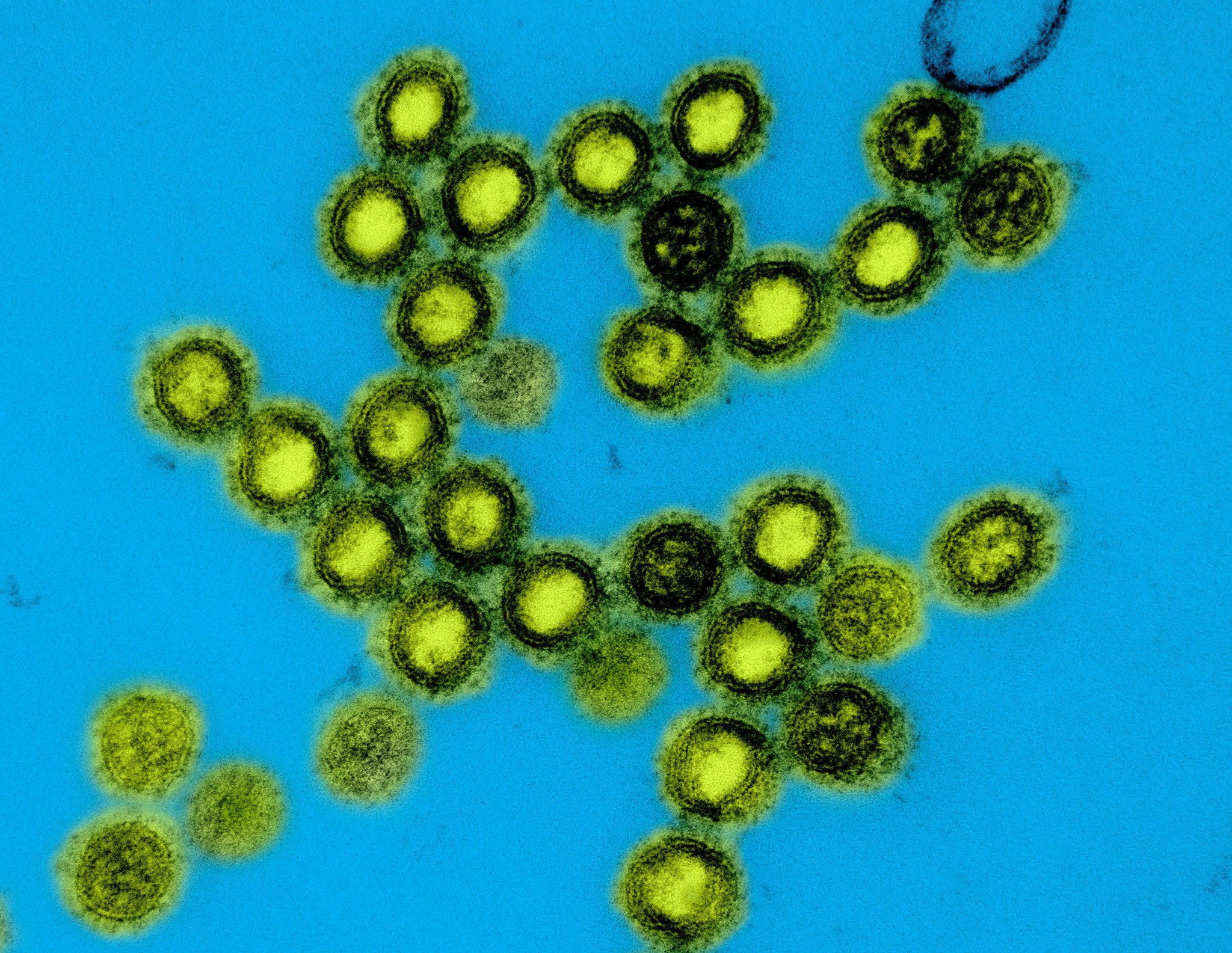An animal toxin-antidote system kills cells by creating a novel cation channel
by Lews Caro, Aguan D. Wei, Christopher A. Thomas, Galen Posch, Ahmet Uremis, Michaela C. Franzi, Sarah J. Abell, Andrew H. Laszlo, Jens H. Gundlach, Jan-Marino Ramirez, Michael Ailion Toxin-antidote systems are selfish genetic elements composed of a linked toxin and antidote. The peel-1 zeel-1 toxin-antidote system in C. elegans consists of a transmembrane toxin protein PEEL-1 which acts cell autonomously to kill cells. Here we investigate the molecular mechanism of PEEL-1 toxicity. We find that PEEL-1 requires a small membrane protein, PMPL-1, for toxicity. Together, PEEL-1 and PMPL-1 are sufficient for toxicity in a heterologous system, HEK293T cells, and cause cell swelling and increased cell permeability to monovalent cations. Using purified proteins, we show that PEEL-1 and PMPL-1 allow ion flux through lipid bilayers and generate currents which resemble ion channel gating. Our work suggests that PEEL-1 kills cells by co-opting PMPL-1 and creating a cation channel.
by Lews Caro, Aguan D. Wei, Christopher A. Thomas, Galen Posch, Ahmet Uremis, Michaela C. Franzi, Sarah J. Abell, Andrew H. Laszlo, Jens H. Gundlach, Jan-Marino Ramirez, Michael Ailion Toxin-antidote systems are selfish genetic elements composed of a linked toxin and antidote. The peel-1 zeel-1 toxin-antidote system in C. elegans consists of a transmembrane toxin protein PEEL-1 which acts cell autonomously to kill cells. Here we investigate the molecular mechanism of PEEL-1 toxicity. We find that PEEL-1 requires a small membrane protein, PMPL-1, for toxicity. Together, PEEL-1 and PMPL-1 are sufficient for toxicity in a heterologous system, HEK293T cells, and cause cell swelling and increased cell permeability to monovalent cations. Using purified proteins, we show that PEEL-1 and PMPL-1 allow ion flux through lipid bilayers and generate currents which resemble ion channel gating. Our work suggests that PEEL-1 kills cells by co-opting PMPL-1 and creating a cation channel.













































